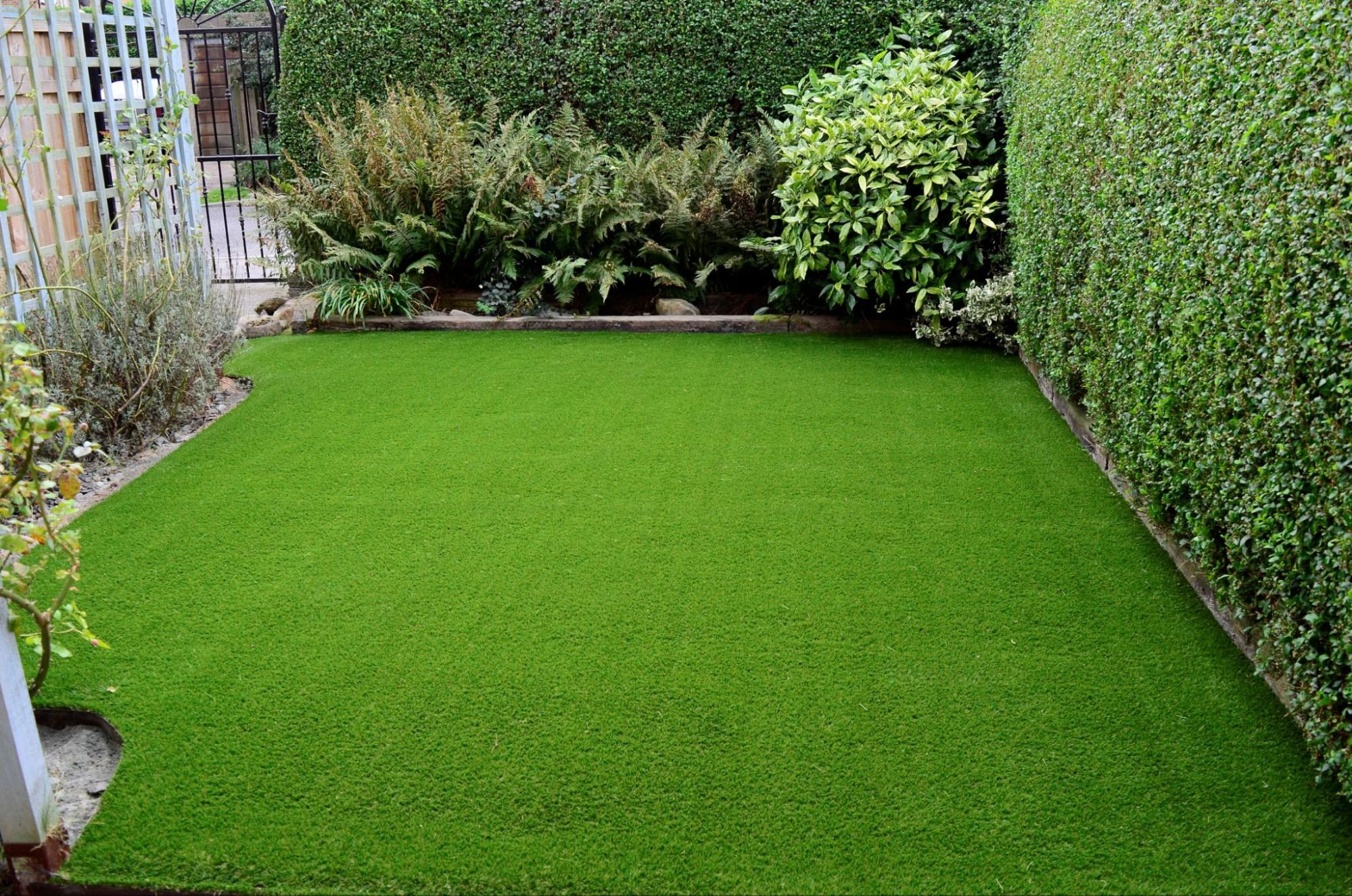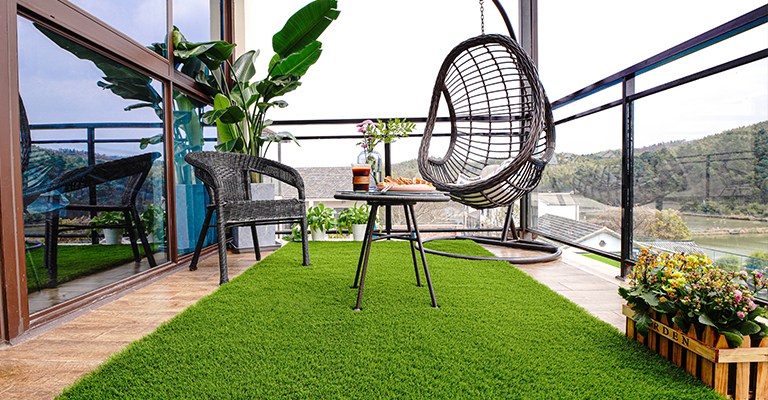Explore the Environmental Conveniences of Opting for Artificial Lawn Solutions
The fostering of man-made lawn services provides an engaging opportunity to attend to pushing environmental obstacles. By significantly decreasing water usage and lessening the application of damaging chemicals, these alternatives not only advertise lasting landscape design however additionally shield regional environments.
Water Preservation Benefits
One of the most significant benefits of fabricated lawn is its capacity to preserve water. In contrast, man-made grass does not need watering, significantly lowering the overall need for water resources.
By eliminating the need for routine watering, synthetic grass adds to sustainable landscape techniques and assists mitigate the environmental effect of extreme water usage. The conservation of water prolongs to the reduction of drainage, which can lead to dirt erosion and river pollution.
Furthermore, the installation of synthetic grass allows house owners and communities to allocate water resources much more effectively, concentrating on crucial uses such as drinking water and agriculture. The shift in the direction of artificial turf not only advertises responsible water use yet additionally aligns with wider environmental goals intended at protecting all-natural resources.
As neighborhoods progressively focus on sustainability, the water preservation benefits of artificial lawn present a compelling case for its fostering in business and household landscape design jobs.
Lowered Chemical Usage
The change to synthetic grass considerably decreases the dependence on chemical treatments generally used in all-natural lawn maintenance. Typical grass administration commonly includes the application of chemicals, herbicides, and fertilizers to advertise growth and control parasites. These chemicals can position risks to human health and wellness, neighborhood wild animals, and the environment, adding to dirt and water contamination.
In contrast, man-made turf gets rid of the need for these hazardous materials. By reducing the release of synthetic compounds right into the ecosystem, artificial turf promotes healthier soil and water systems.
Additionally, the lack of chemical drainage connected with man-made lawn installations helps safeguard regional rivers from air pollution, sustaining water life and preserving biodiversity. Arizona turf. As communities progressively focus on lasting methods, going with artificial turf presents a viable remedy that aligns with environmental preservation objectives. Through this shift, homeowner can appreciate rich environment-friendly areas without jeopardizing ecological health and wellness, leading the way for a more lasting future
Reduced Carbon Impact

Furthermore, the installation of fabricated grass can lead to significant water preservation. All-natural yards need considerable quantities of water for watering, which not only includes in the carbon impact connected with water extraction and treatment yet additionally strains regional water resources. On the other hand, synthetic grass requires minimal upkeep, calling for no watering, thus substantially decreasing water usage and its linked power prices.
In addition, the long life of artificial turf contributes to its decreased carbon influence. With a life-span of up to 15 years or even more, the need for frequent replacements is decreased, leading to less waste and lower energy usage in manufacturing and taking care of traditional grass alternatives. Overall, synthetic grass presents a sustainable option for ecologically mindful landscaping.
Habitat Conservation
Habitat conservation is a critical factor to consider in the debate over landscape design selections, specifically when contrasting man-made lawn to all-natural yard. All-natural turf yards frequently require extensive a fantastic read upkeep, consisting of using herbicides, chemicals, and plant foods, which can negatively influence local communities. These chemicals can seep into the soil and waterways, hurting indigenous plants and animals and interrupting neighborhood environments.
Fabricated lawn eliminates the requirement for damaging chemicals, consequently shielding neighboring wildlife and keeping the honesty of bordering ecosystems. The installment of artificial turf can lead to the conversion of former grass locations into even more biodiverse landscapes, such as pollinator gardens or native plant areas, which can support neighborhood wild animals.
Eventually, the shift to fabricated turf not only conserves water and reduces upkeep efforts but additionally cultivates a much more unified relationship in between human tasks and the natural surroundings, promoting environment conservation at the same time.
Long-Term Sustainability
Long-lasting sustainability is a crucial consider reviewing the benefits of synthetic grass over standard grass lawns. Among the most considerable advantages of man-made turf is its resilience; it can last as much as 15-20 years with very little maintenance, whereas all-natural turf calls for constant reseeding and replacement. This long life minimizes the need for consistent resources, such as water, plant foods, and pesticides, which are important for keeping a healthy yard lawn.
Furthermore, synthetic turf adds to a reduction in carbon exhausts associated with grass treatment tools. Standard grass commonly require gas-powered mowers, leaners, and blowers, every one of which contribute to air pollution. Phoenix turf companies. In comparison, man-made lawn gets rid of the requirement for such devices, promoting a cleaner atmosphere
Moreover, the manufacturing of synthetic grass significantly utilizes recycled products, boosting its sustainability profile. As producers embrace environmentally friendly techniques, the ecological footprint of synthetic grass continues to decrease.

Verdict
The fostering straight from the source of synthetic grass solutions presents substantial environmental advantages, including significant water preservation, decreased reliance on damaging chemicals, and a reduced carbon footprint. In addition, synthetic grass help in maintaining all-natural habitats by lessening land disturbance and promoting long-term sustainability through using durable products. Collectively, these factors emphasize the potential of fabricated grass to contribute positively to environmental wellness and provide a practical see this website option to conventional landscape design techniques in a progressively resource-conscious world.
In contrast, fabricated grass does not require watering, considerably reducing the general need for water resources. By lessening the launch of artificial compounds into the community, fabricated turf promotes healthier soil and water systems.
In addition, the installation of artificial grass can result in considerable water preservation. In contrast, synthetic turf needs very little upkeep, needing no watering, thereby dramatically minimizing water usage and its connected power expenses.
